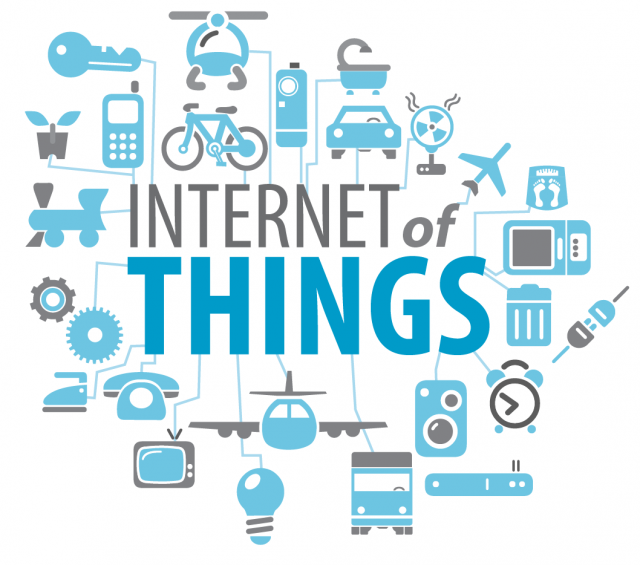IoT or Internet of Things is the term used to describe the digital capture of information from the world around us. This is essentially the idea of sensors capturing information and sending it through networks (either mobile phone networks or low powered local networks) that can then analyse the information and act upon this as needed. As an example, some councils have implemented this technology to determine when rubbish bins are full and need to be collected, thereby ensuring the bins are emptied only as needed.
As networks have become more common and technology has made sensors cheaper, the IoT concept is becoming a lot more practical and affordable. The main idea is to use cheap battery powered sensors that don’t require a lot of bandwidth (the amount of information they capture and send is usually very small) to automate a process or provide information that may not be easily available. You have probably used these systems already, for example when parking in a parking lot with digital signage advising you of the number of bays available. This would have come from sensors detecting vehicles coming and going from the parking lot. Some parking lots now have sensors on the bays and can advise patrons where the empty bays are per aisle. This technology is very useful in an increasingly data driven world. The type of sensors available are also becoming increasingly varied.
Federal funding through the smart cities program has provide councils with a means to develop innovative solutions to make their suburbs and cities more livable, productive and sustainable (https://cities.infrastructure.gov.au/smart-cities-program). The City of Joondalup is using this funding to implement monitoring of the Yellgonga wetlands through the use of sensors, satellites and drones to collect real-time environmental, water quality and public usage data. There are also trials of smart monitoring of irrigation systems (only watering as needed).
This technology is not limited to suburban areas though. In agricultural settings, sensors can be fitted to watering troughs to advise if they are no longer working and need repair. Stock fitted with sensors can advise of movement and general health and lead to virtual fencing solutions (https://www.iotforall.com/iot-applications-in-agriculture/). Monitoring of silos and tanks levels can be easily automated. Temperature of grain silos can be monitored to ensure the health of the stores. The key benefit of IoT in rural areas is that it doesn’t rely on an existing mobile or data network. Low bandwidth radio networks can be used to set up an affordable monitoring systems in any location (https://www.sigfox.com/en/agriculture).
To find out more about IoT in Australia visit the IoT alliance site at http://www.iot.org.au/








